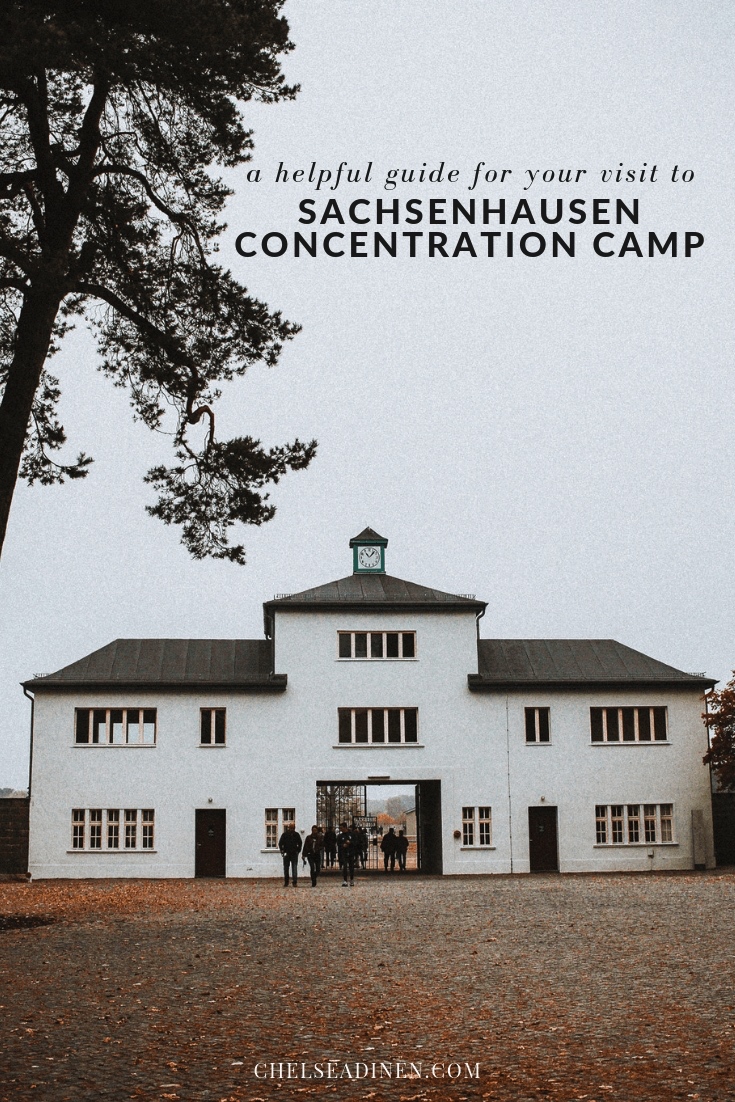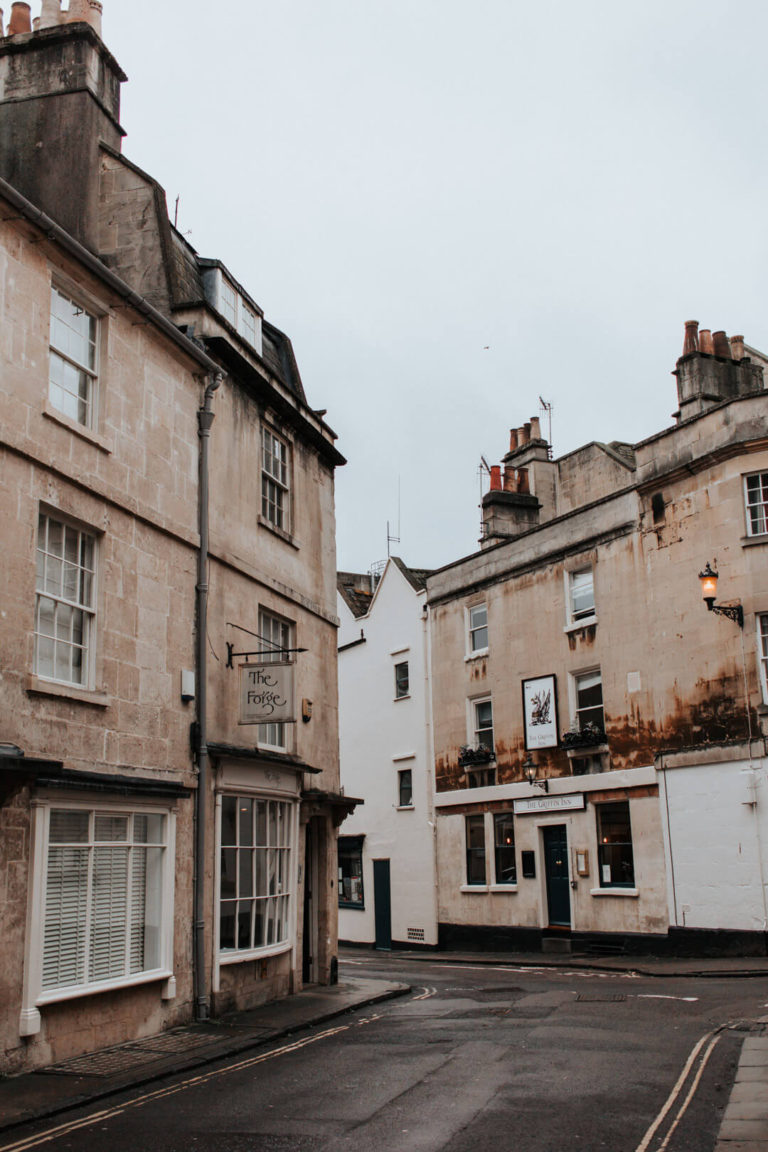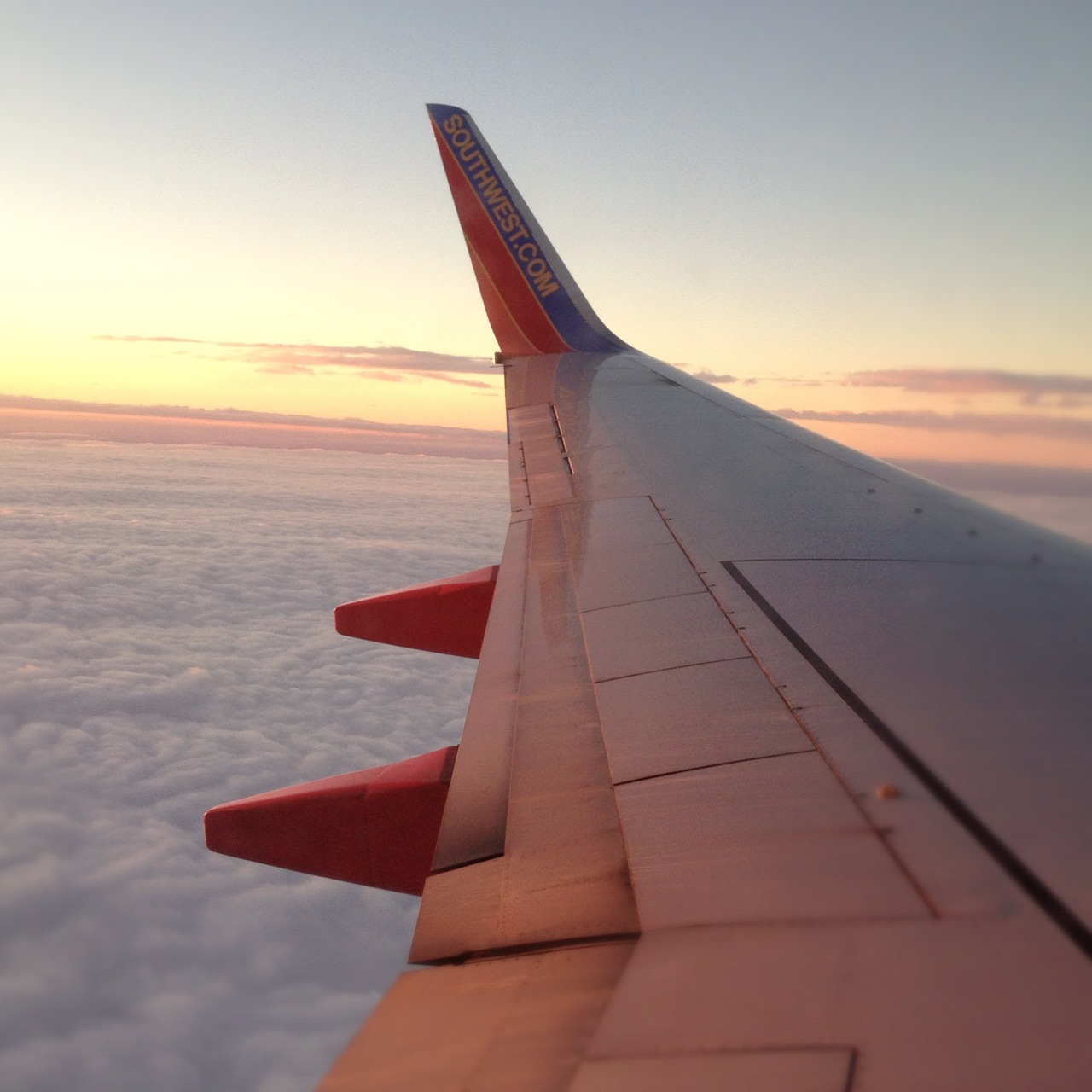A Helpful Guide for Your Visit to Sachsenhausen Concentration Camp
A grave reminder of Berlin’s darkest days, a day trip to Sachsenhausen Concentration Camp is a harrowing look into what was one of the largest concentration camps in Nazi Germany. Located in Oranienburg, 35 km from Berlin, Sachsenhausen was built in 1936 by prisoners and also served as a central training facility for SS officers. It wasn’t until April 22, 1945 that Sachsenhausen was liberated by the Red Army, after 30,000-35,000 people had been killed.
Sachsenhausen was used primarily for political prisoners, communists, and opposers of the Nazis. This included intellectuals, writers, journalists, etc. Later, other Nazi victims were brought there; in particular Jews, homosexuals, Jehovah’s Witnesses, gypsies, and Prisoners of War once the Second World War began.
Though this is a guide to Sachsenhausen Concentration Camp Memorial, I know that words and photos will never be enough to explain the sheer evil that went on there. Therefore, I will start by saying that a visit to any concentration camp can be extremely emotional and difficult to experience. It is utterly gut-wrenching to stand in the same spot where victims of the Holocaust were brutally tortured and killed.
This post will be difficult for me to write and understandably difficult for you to read. But instead of clicking away in order to avoid the distressing and grievous feelings this will undoubtedly provoke, think of all the innocent children, women, and men who didn’t have that choice. It is through feeling compassion for what others went through that we can stop repeating these heinous acts.
If you do visit, remember that Sachsenhausen or any other concentration camp memorial should not be treated as a normal tourist destination. This is not something to tick off your bucket list. Please remember to be mindful. Show reverence and respect during your time here. There are designated areas where photography of any kind is forbidden. Adhere to that rule.
There is no way to prepare for this visit. I visited
Because of the sensitive nature of visiting Sachsenhausen, I will not be writing much about the specific details of what you may see there as I believe this is something every person should experience for themselves.
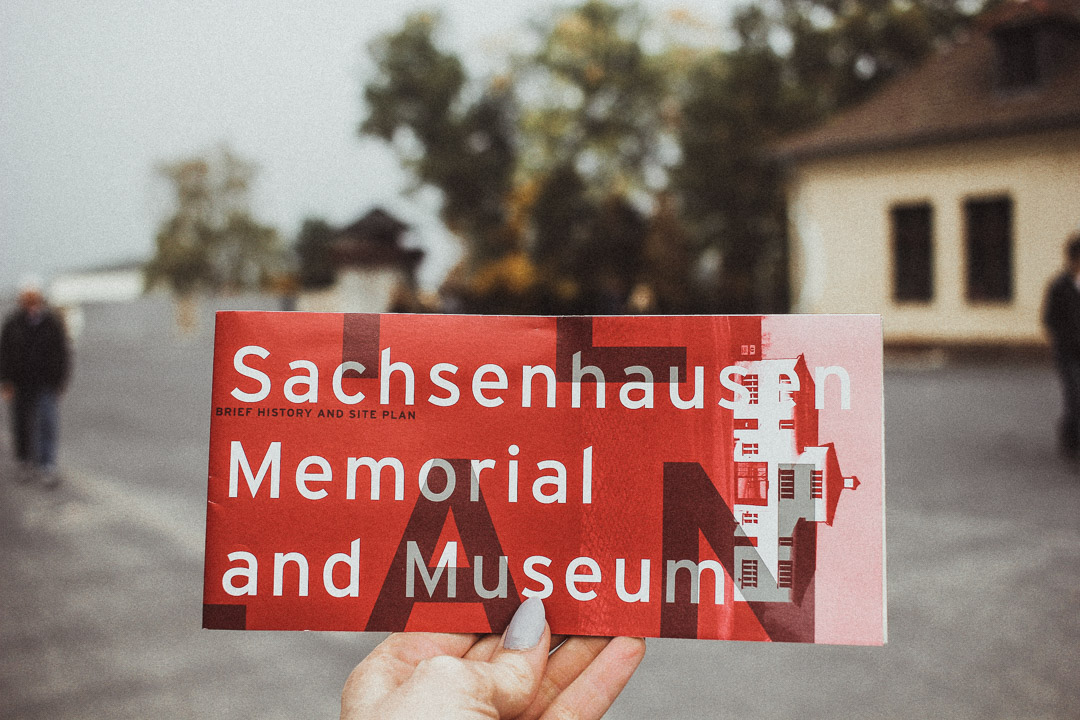
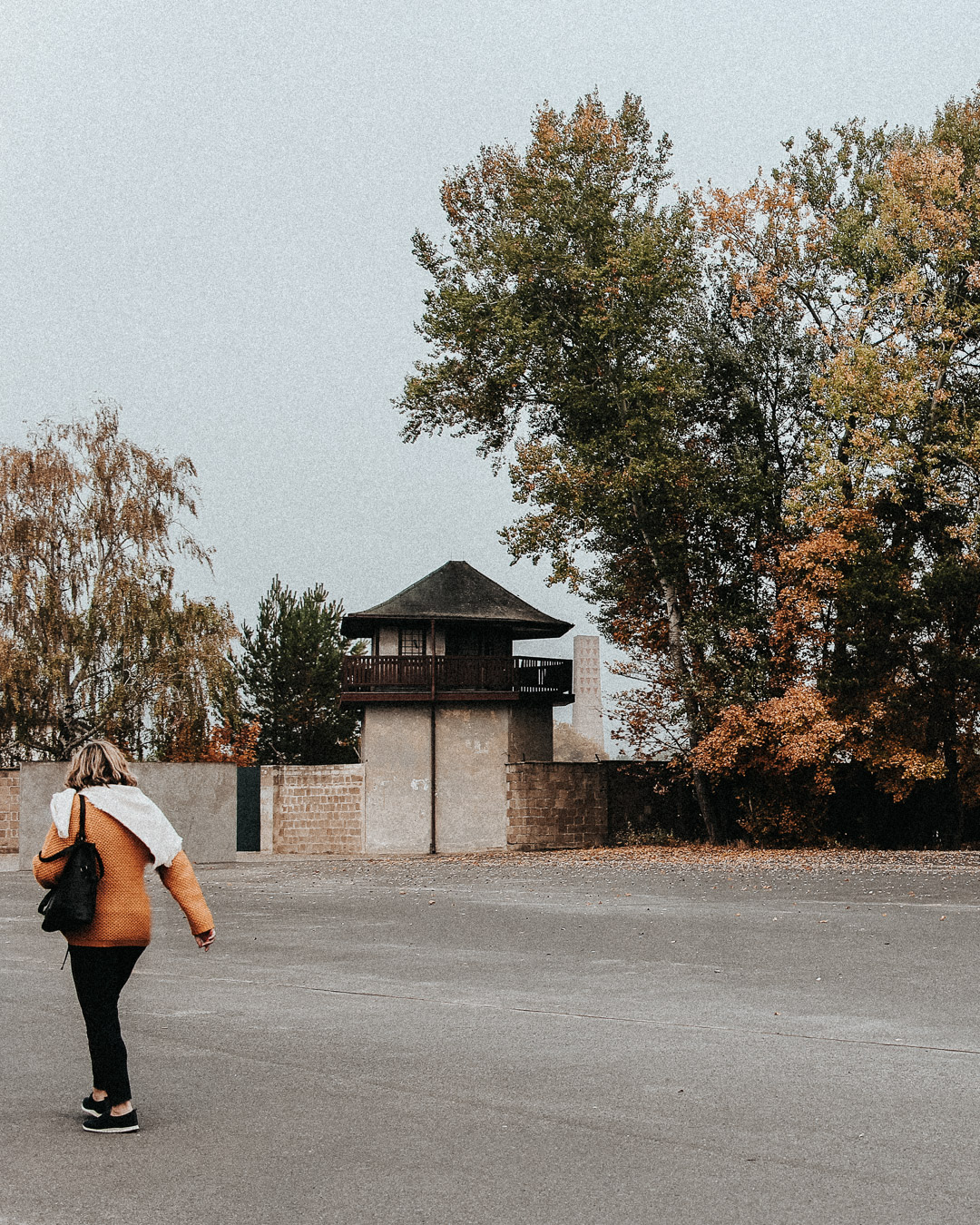
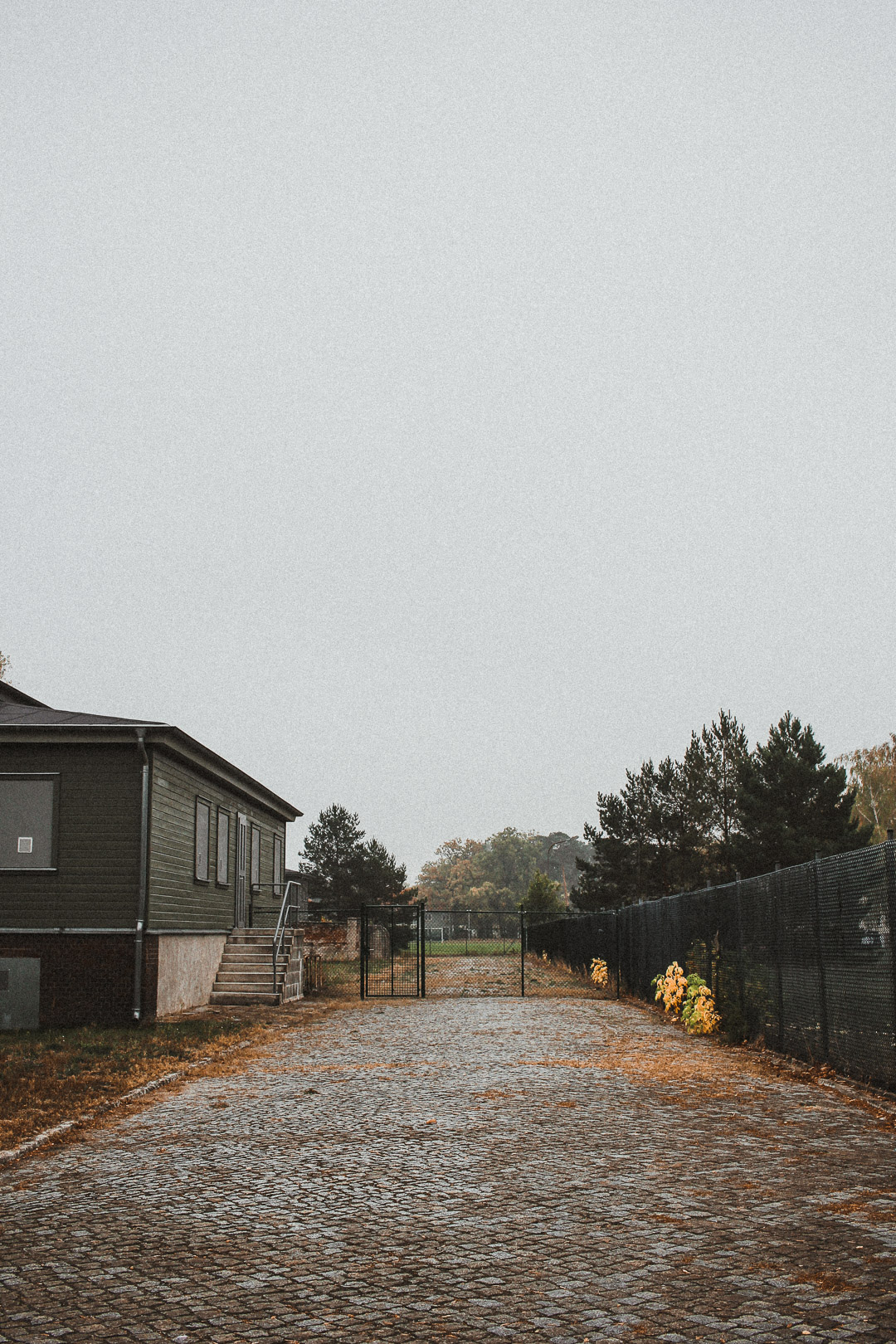
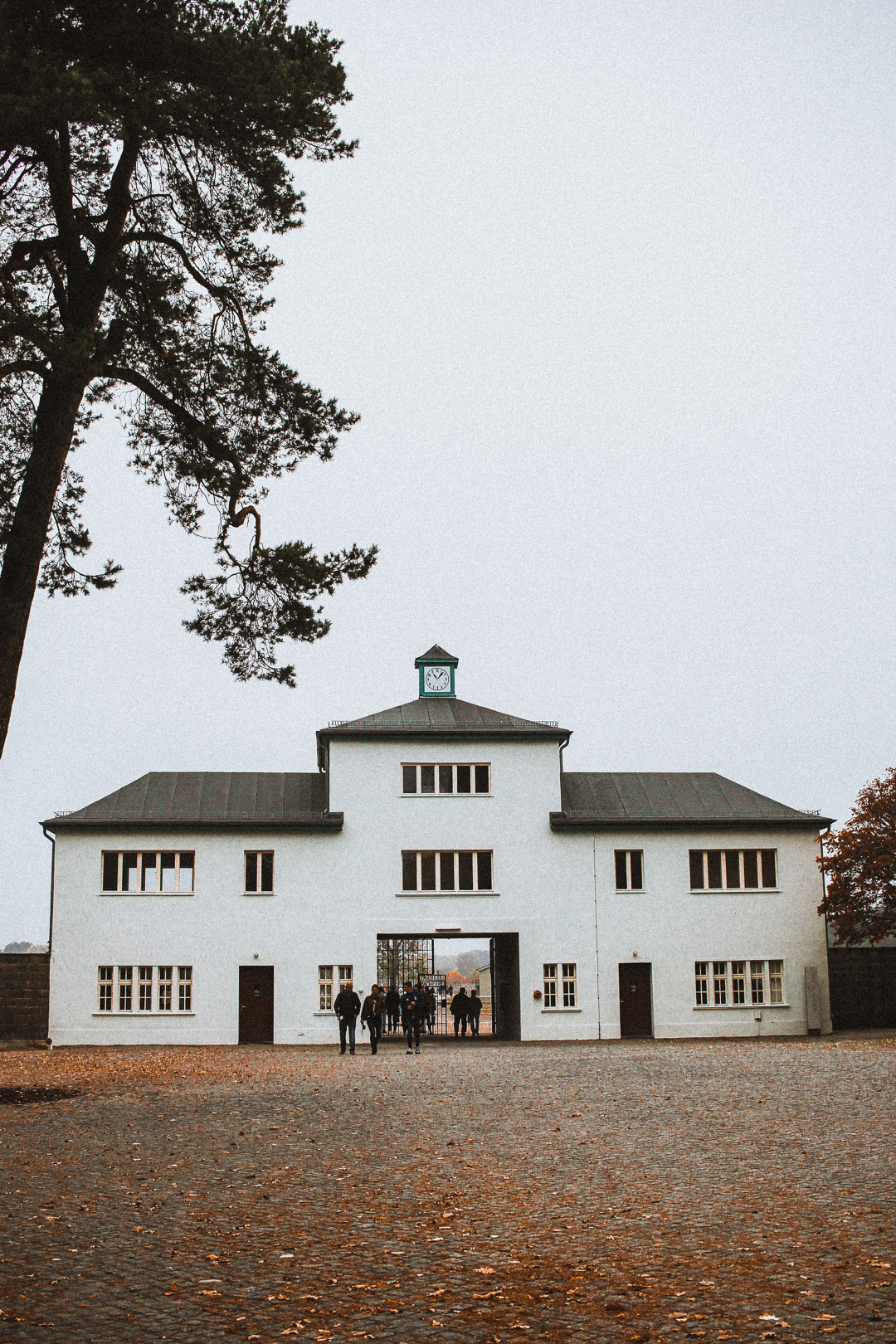
Tours
I decided to join an English-speaking guided tour by Insider Tour Berlin which I would highly recommend. The group left from Hackescher Markt in Berlin and together we traveled north by train to Oranienburg. You can buy your tickets for the same tour that I did here to ensure they don’t sell out for the dates you want.
Getting there
You will need a Berlin transportation ticket for ABC zone which you can purchase here.
From Hackescher Markt, you can take the S-Bahn to Berlin Central Station/Hauptbahnhof and take the RE5 towards Stralsund/Rostock. Take the train 2 stops to S Oranienburg Bhf. From there, you can either walk about 25 minutes or hop on the 804 Bus towards Malz which will take you to Sachsenhausen. Alternatively, instead of the regional train, you can take the S-Bahn via the S1 towards S Oranienburg Bhf. Tickets are valid on the busses of Oranienburg public transport as well.
Cost
Admission to the Sachsenhausen memorial center is free.
If you’re leaving from Berlin, for 17 Euros, you can book a guided tour like the one I did. The advantage here and something that I really got a lot of out is the additional travel time where the tour guide will give you a lot of helpful background information. If you prefer a self-guided tour, there is an audio guide available at the memorial.
Time
The group tour I joined lasted for 6 hours, round-trip. Roughly one hour of travel each way and four hours at the memorial. I could have easily spent another couple hours going back through and reading everything and looking more carefully so, I’d definitely recommend giving yourself an entire day to visit.
Related Reading: Berlin Travel Guides
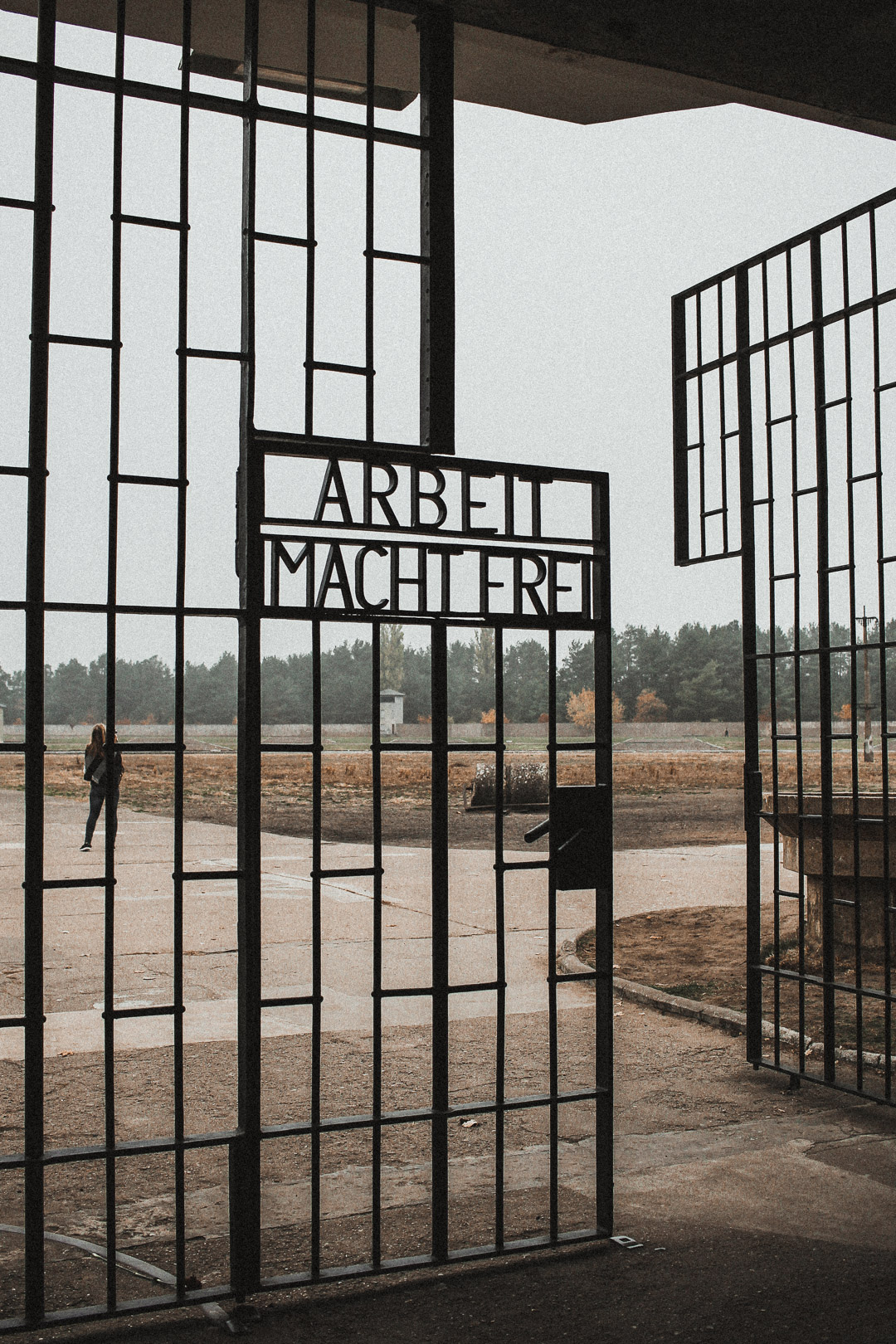
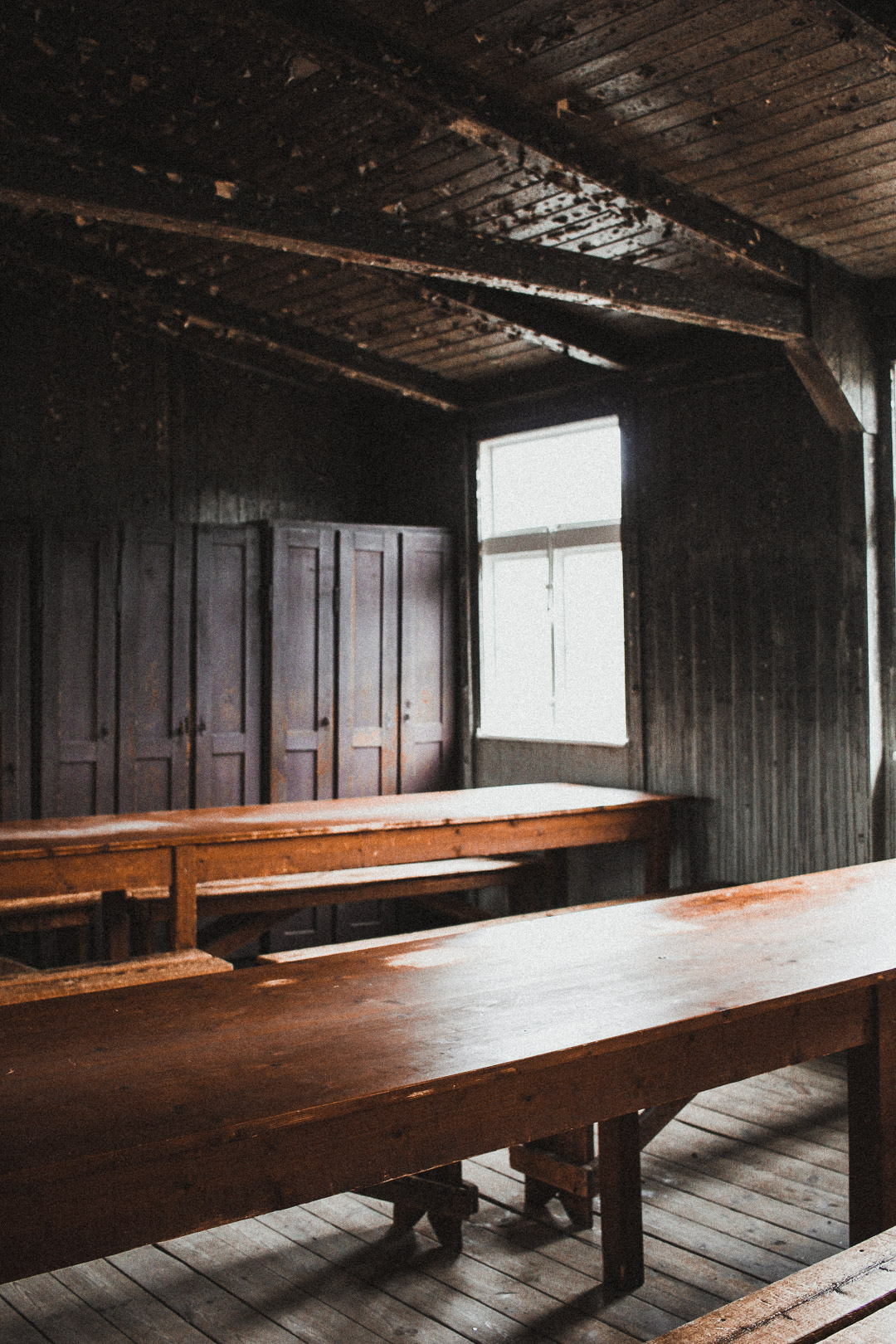
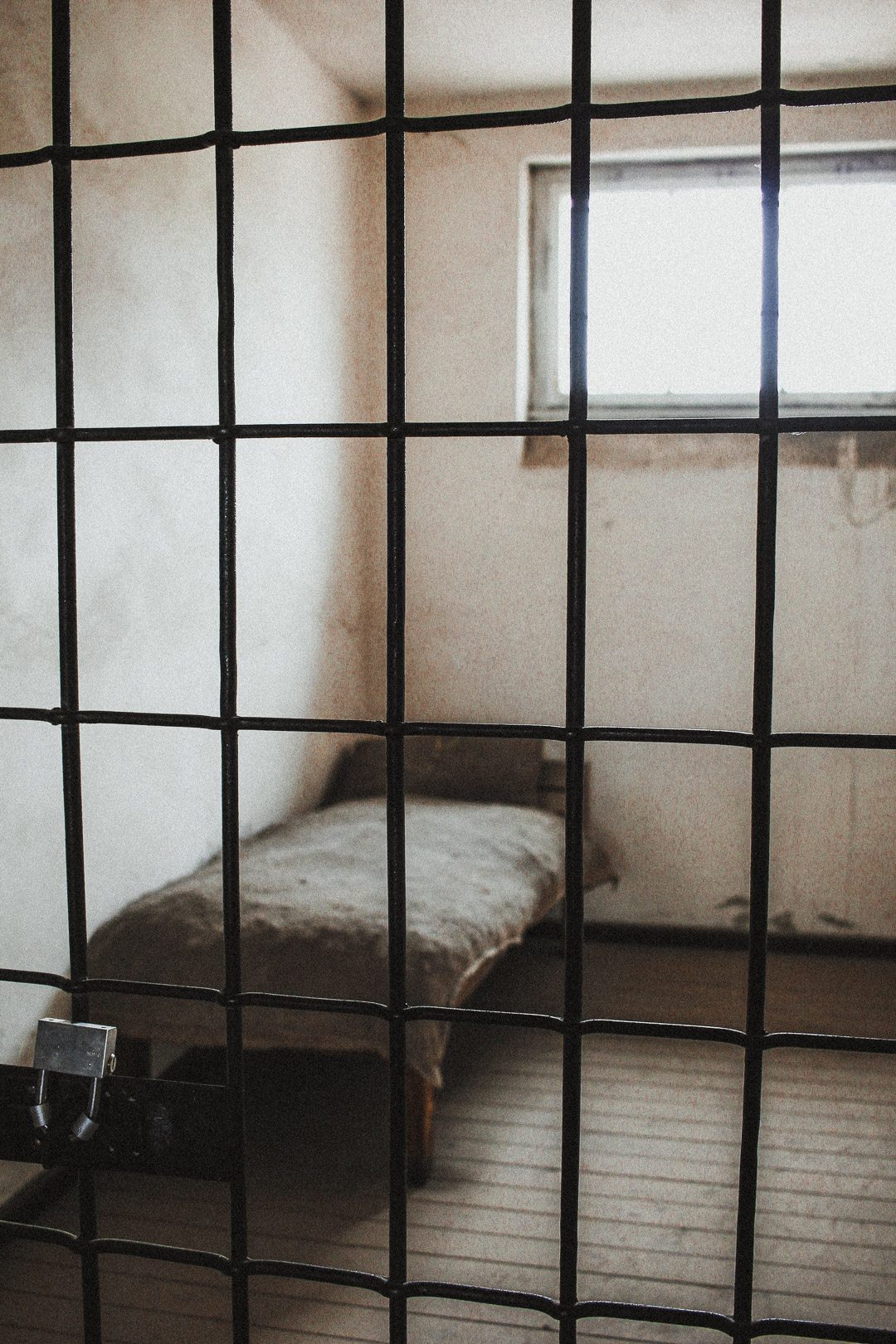
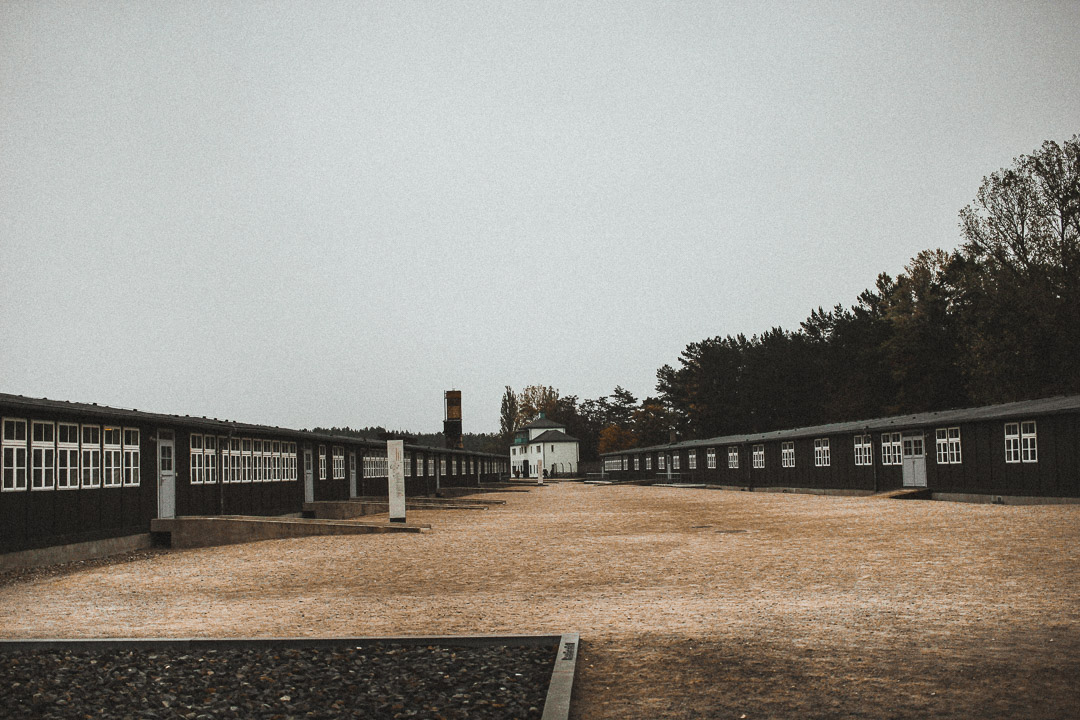
What to expect
As I mentioned before, visiting the memorial will be somber. Personally, I found the photos on display that had been taken there at Sachsenhausen to be the most difficult. Seeing the faces of those who once walked these same grounds was heartbreaking.
Because so much of the original memorial was destroyed, the memorial is predominantly barren land with gravel lots showing where the barracks once stood as well as a few reconstructed buildings. For example, the original kitchen building now houses a museum and the building which once housed the gas chamber and crematorium, known as “Station Z,” is in ruins.
I was a bit disoriented by “Station Z” at first until researching it later. The one downside of having a guided tour is that you don’t have enough time to read all of the detailed signs throughout the memorial. To give you a little backstory, in 1952 the Soviets blew up “Station Z.” Today, a translucent fiberglass membrane, resembling a white tarp has been built up around the ruins to protect them from the elements. I read that the low roof was designed to make you really feel the closed-in space.
It is said that it got its name because the tower above the entrance gate was “A” so a disturbing joke was made by the SS that if the tower was “A” (the entrance), then the exit (crematorium) was “Z.” It’s these sinister facts that really help us see on a larger scale just how harrowing these times were. The statistics and numbers about how many bodies could be cremated in 24 hours, how many people could be hanged at the gallows simultaneously, and that after determining they couldn’t kill prisoners “quickly” enough through the use of the neck shot facility, they created the gas chamber. It’s hard to believe the human race was capable of such evil.
Related Reading: Berlin’s Soviet War Memorial Park
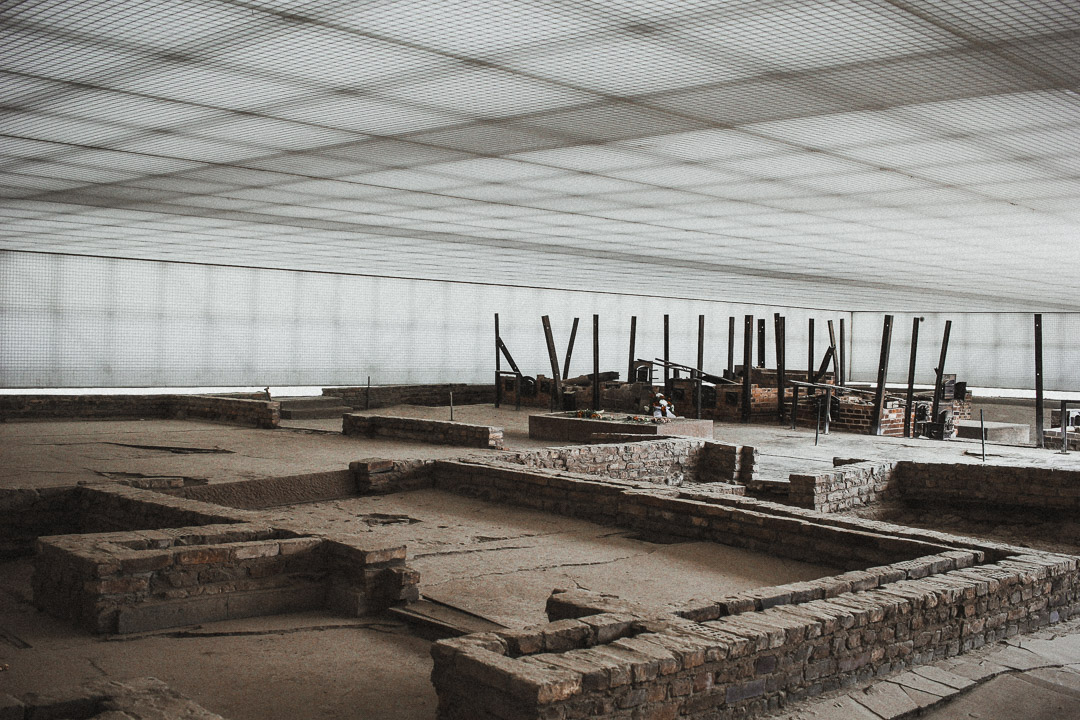
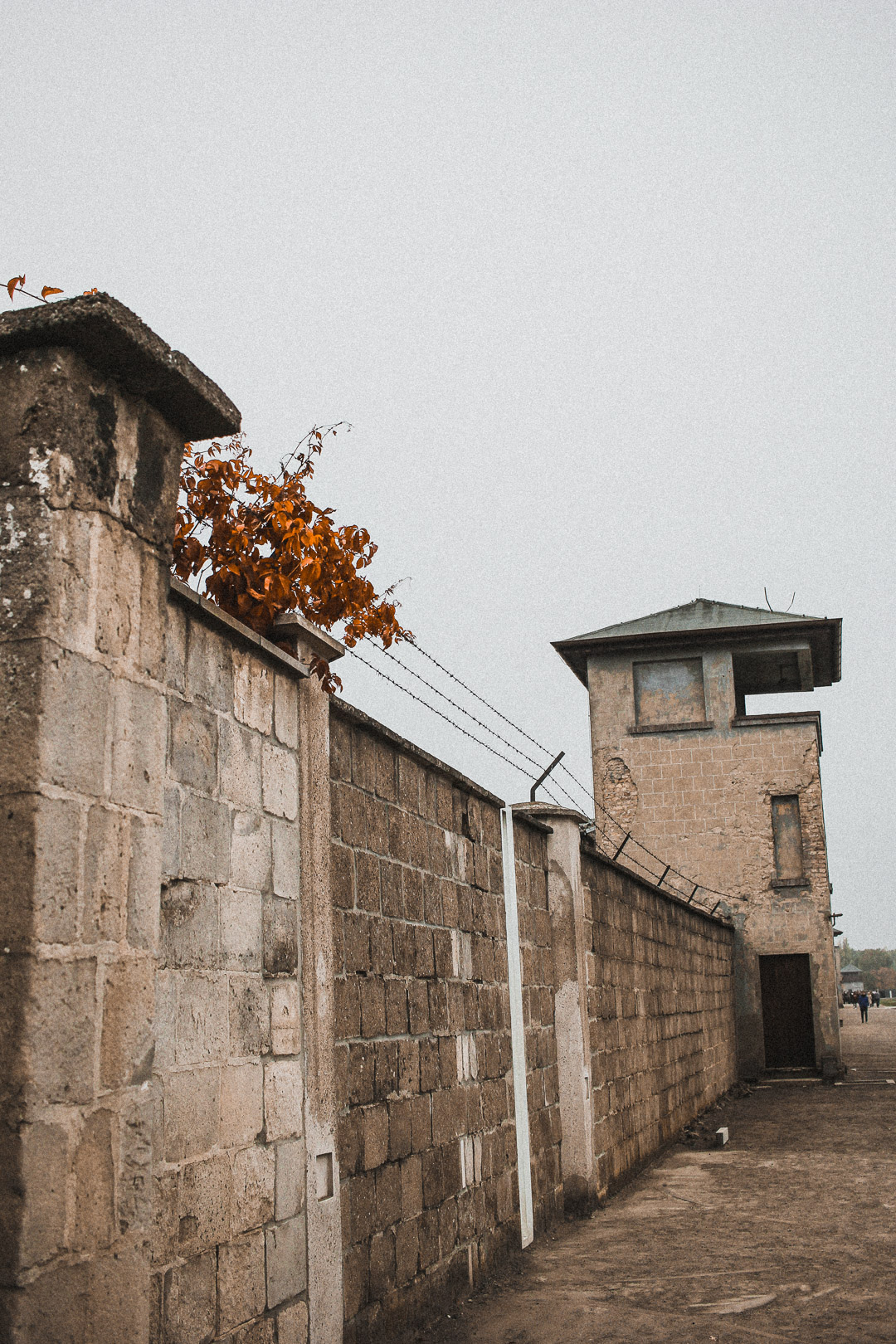

Sachsenhausen was the first camp to be established after Heinrich Himmler was appointed Chief of the German Police (Gestapo) in 1936. It was considered to be the Nazi’s model camp, setting the standard for concentration camps to come. Because of this, there was a lot of trial and error at Sachsenhausen that you will learn about and see remnants of during your visit. One of which is the “neck shot facility.” During a visit to Minsk, Himmler observed a mass execution by shooting and after seeing the distress it caused the SS officers, he wanted to devise a new, more “effective” plan.
Before gas chambers were brought into existence, the Nazis tried implementing the “neck shot” to murder prisoners. The prisoners would be taken to a room, told to undress, and then undergo a fake medical examination. Then the prisoners
10,000 Soviet Prisoners of War were murdered this way in 10 weeks. You will see some of their photos not far from where they were killed. It’s understandably very difficult to see and process.
We were told this story by our tour guide as we stood in front of the execution trench. Later, we were taken into “Station Z” where we saw where the prisoners were taken into the gas chamber, which was disguised as a shower or the room where they were taken to be shot as loud music was played on a gramophone to cover the sound of gunshots.
As you stand there with the proof of these grisly acts in front of you, your heart grows heavy, your stomach sick as you realize how detailed and well-crafted these devious plans truly were. It’s one thing to see photos in a history book. It’s another to be standing there on the very grounds where thousands of people were murdered.
Soon, one day, the last of the remaining Holocaust survivors will be gone. It’s up to us to honor them. To tell their stories of survival and of the ones they lost. The stories of what they saw and endured. To ensure that this never happens again.
Pin it for later
